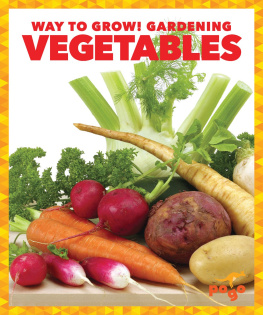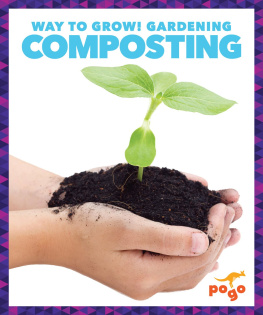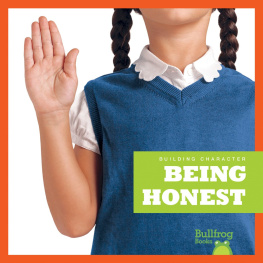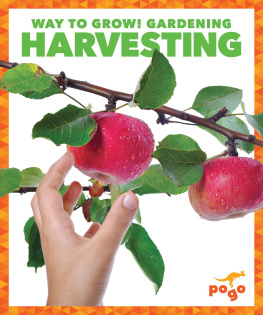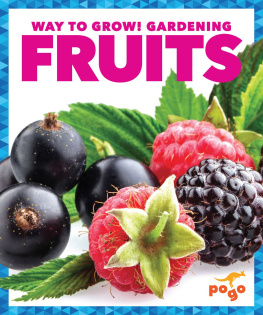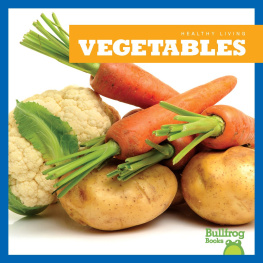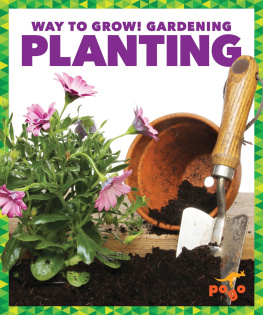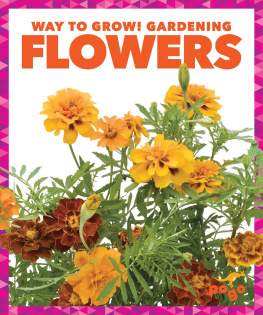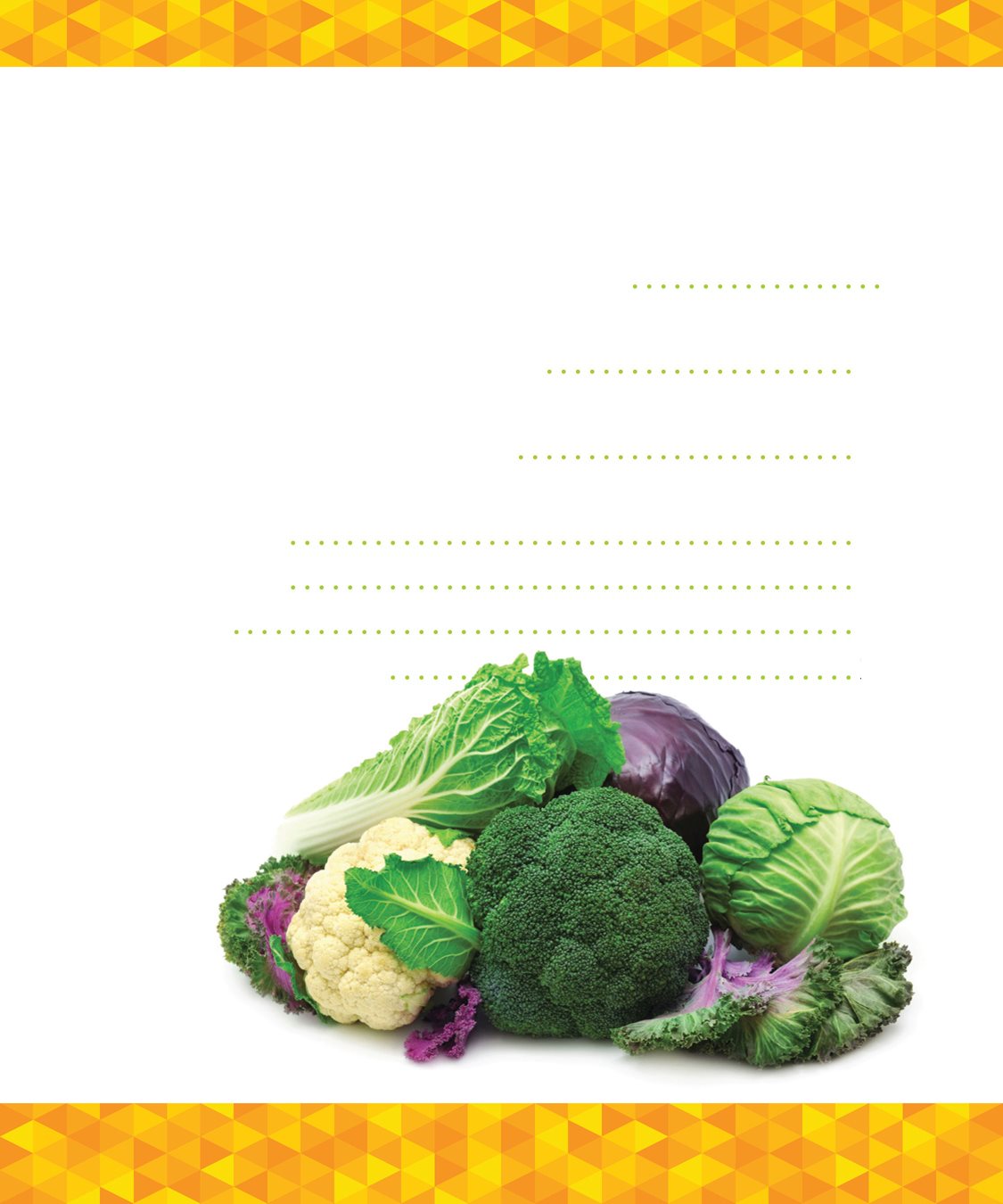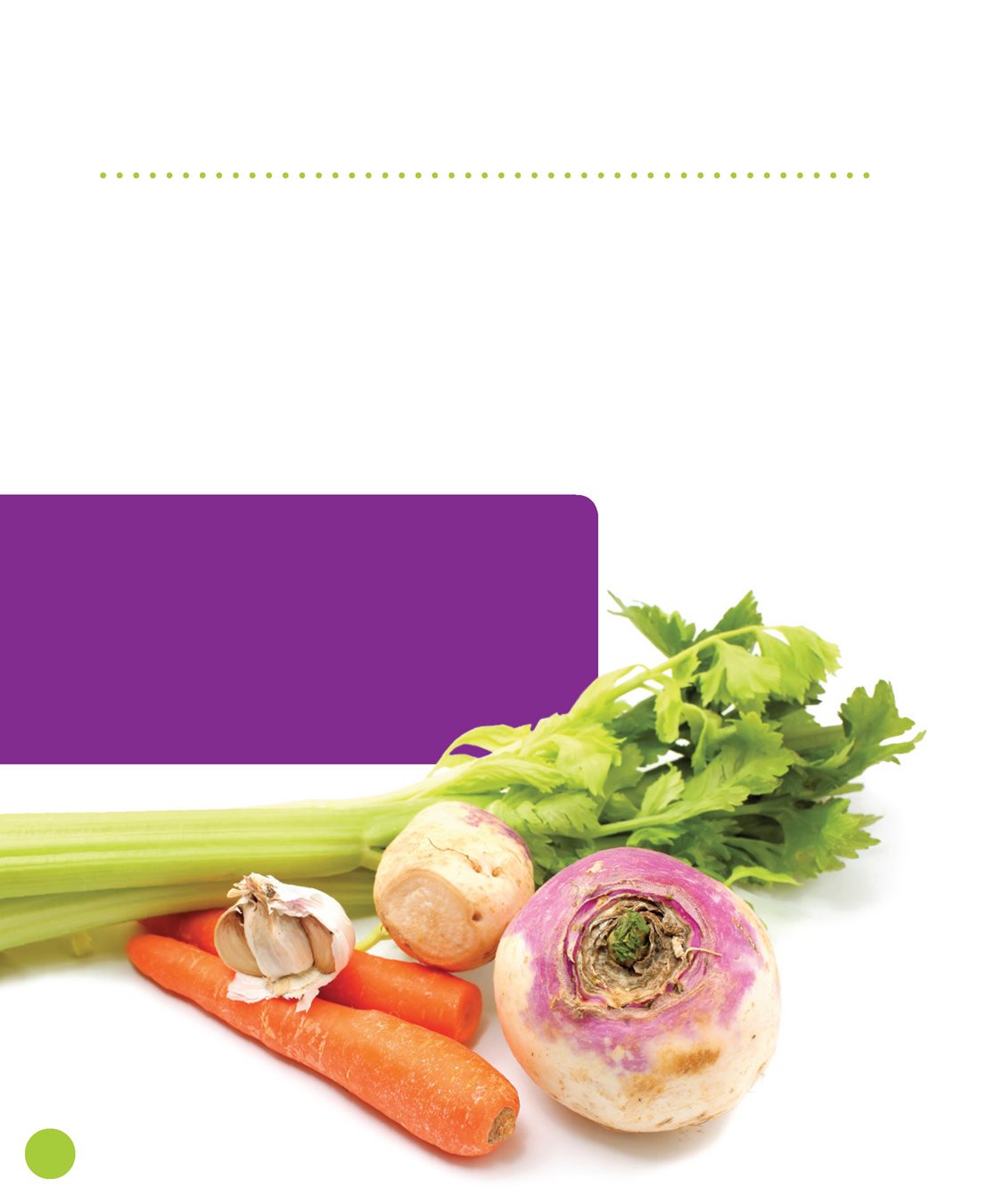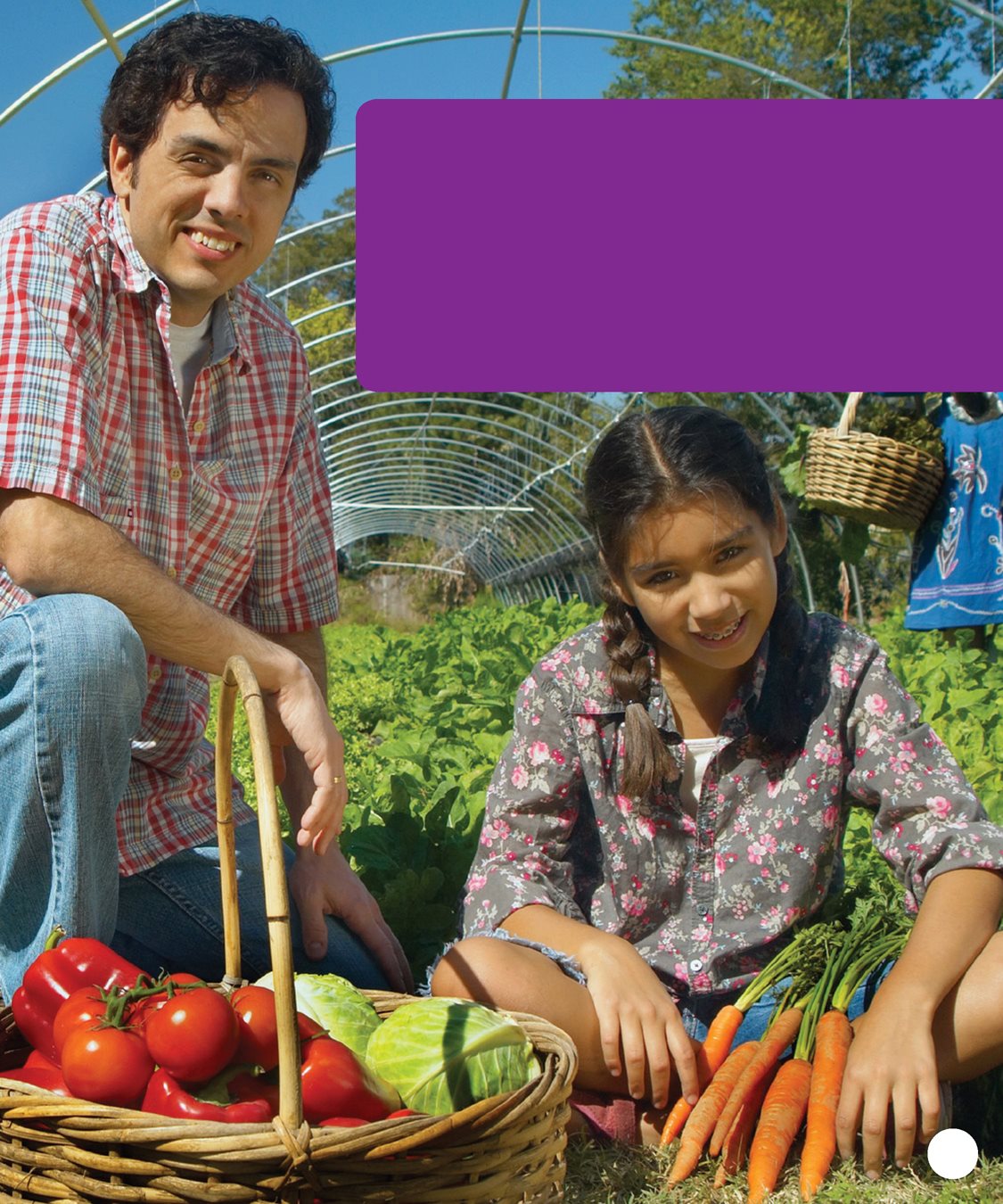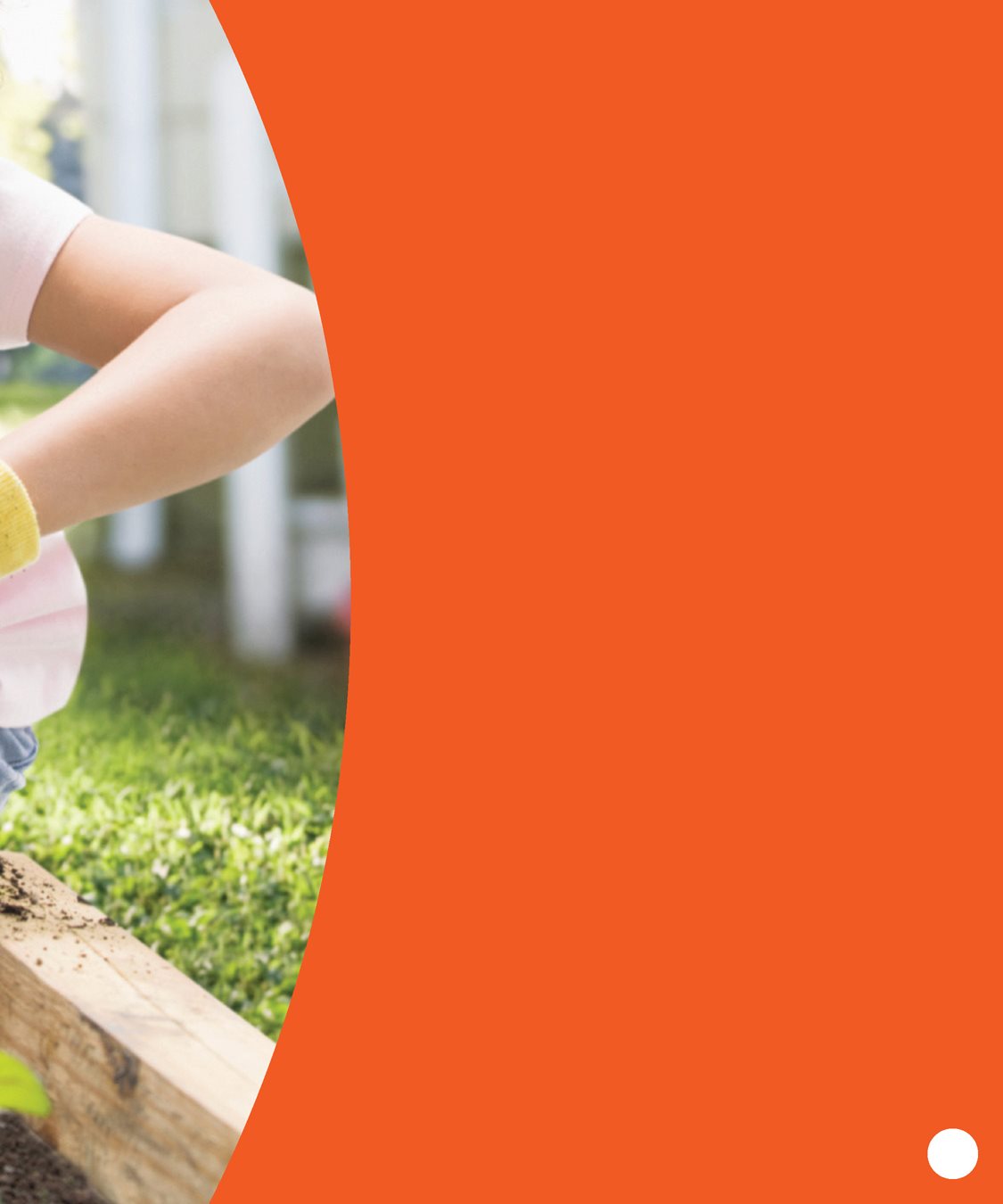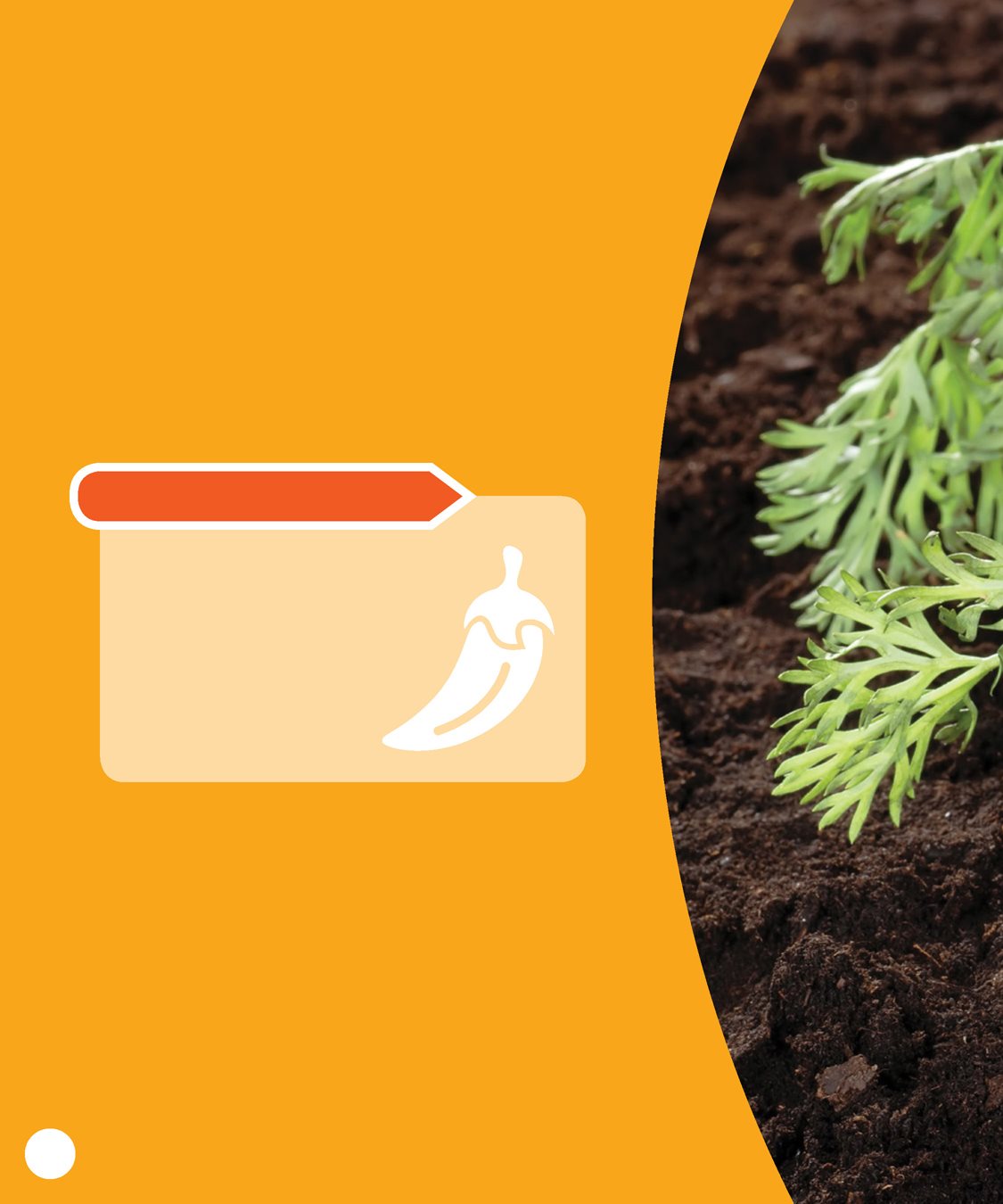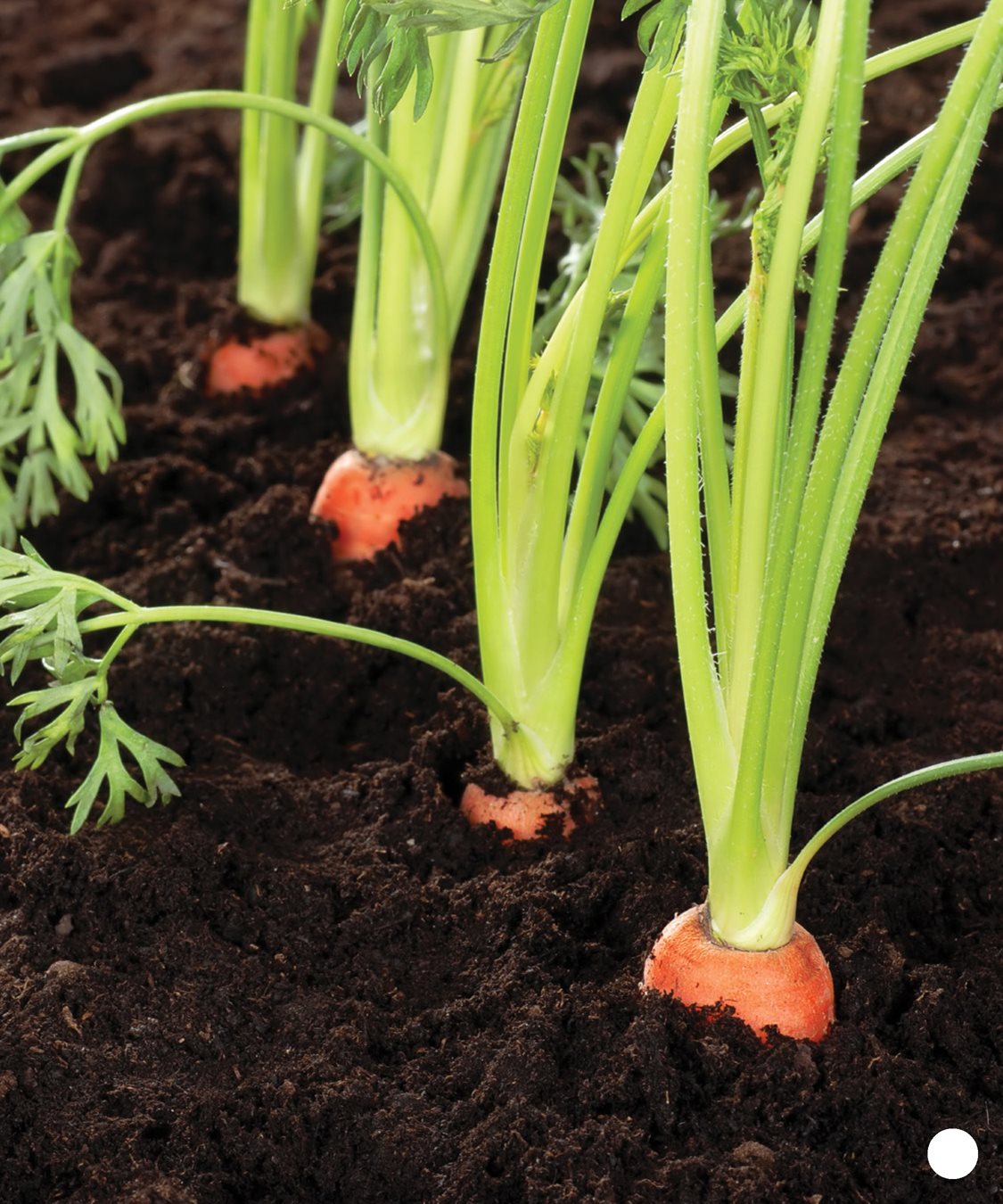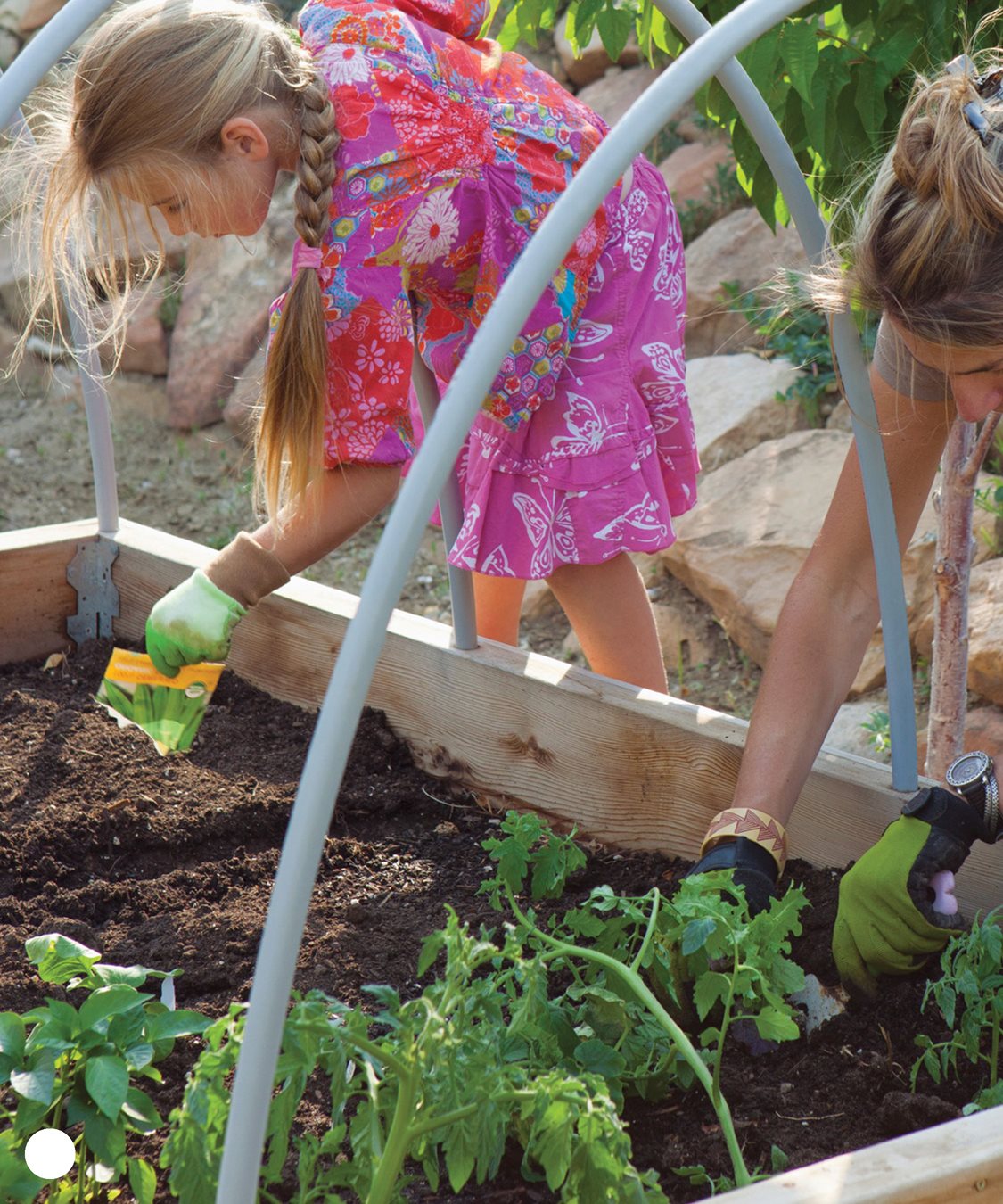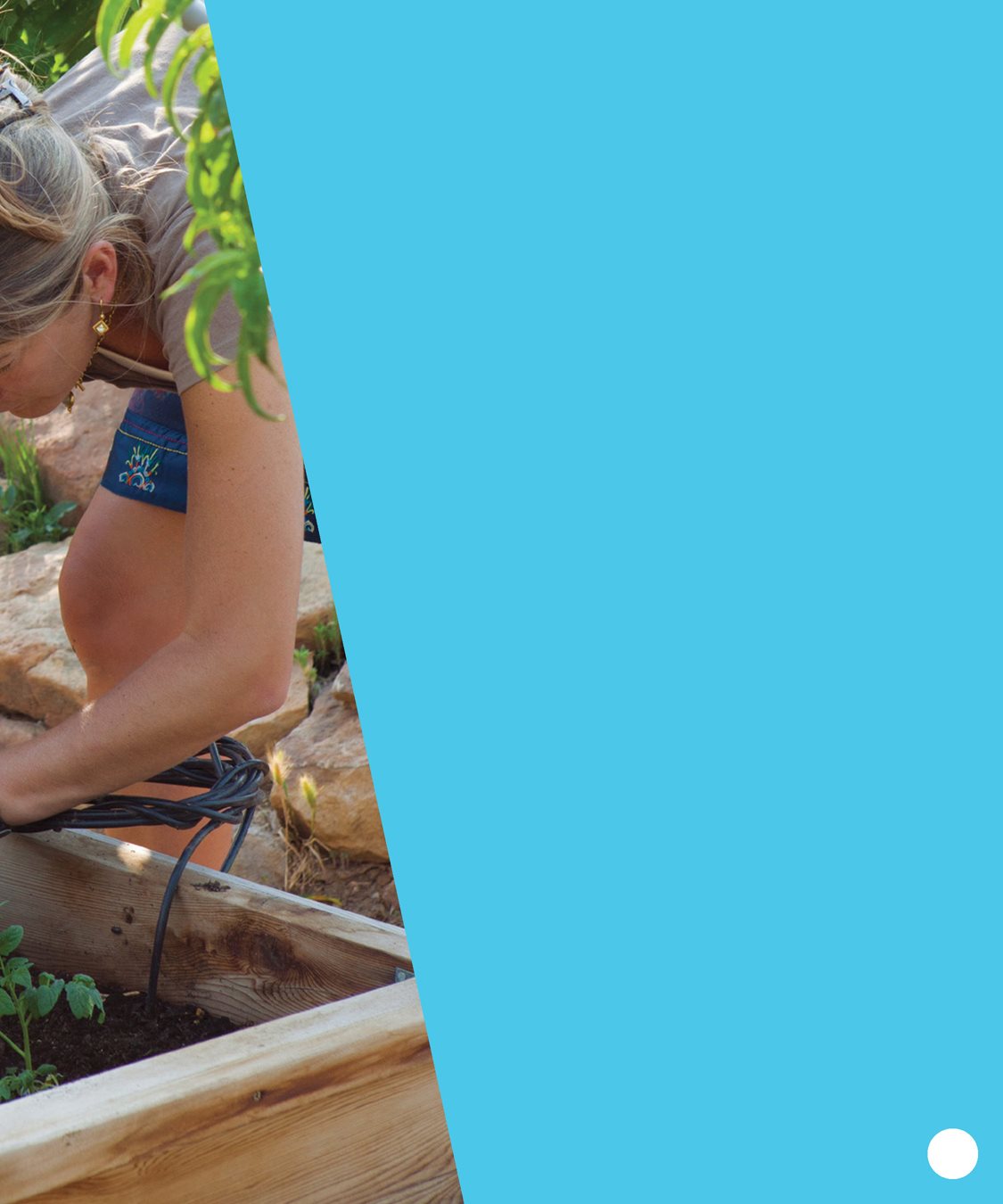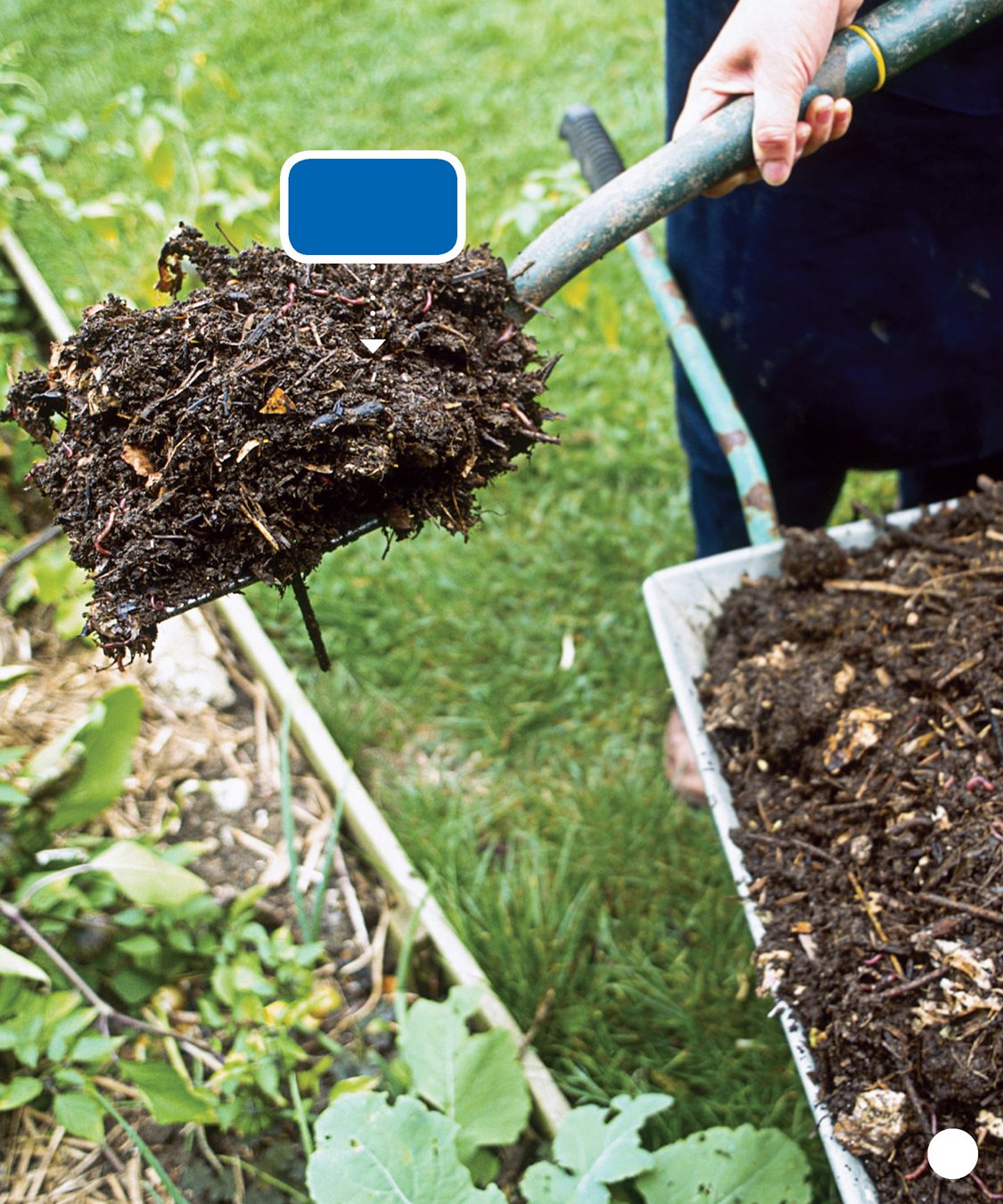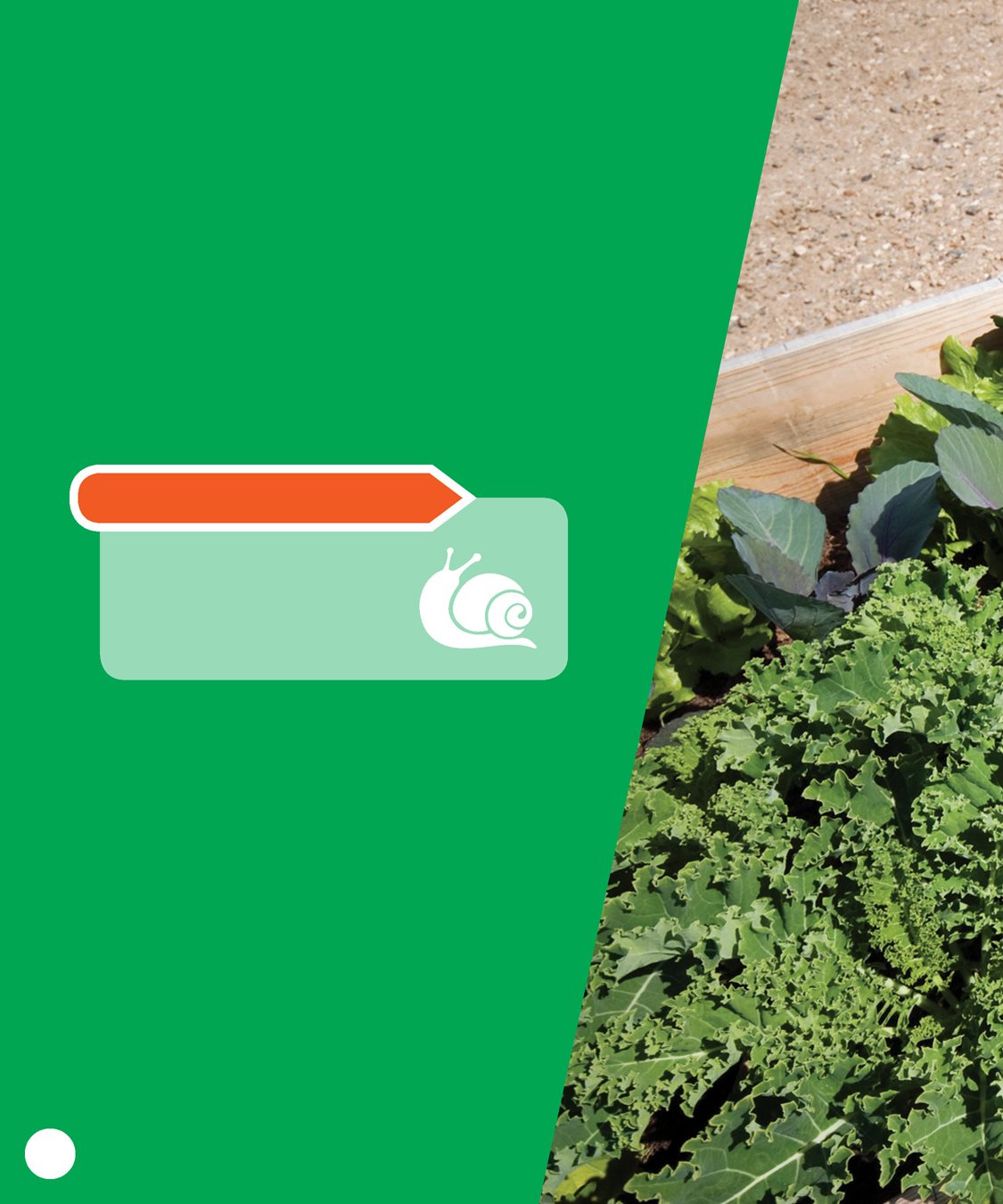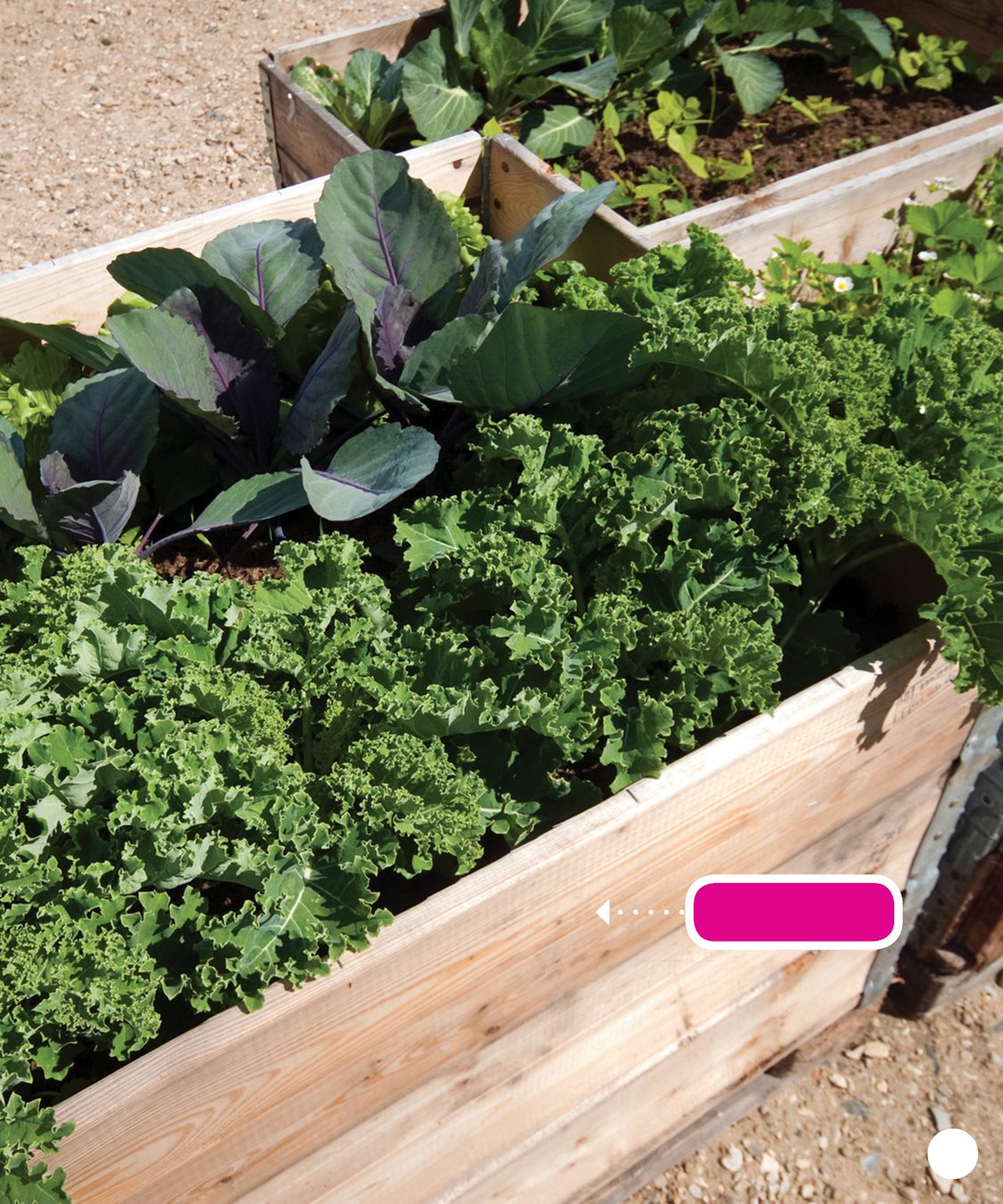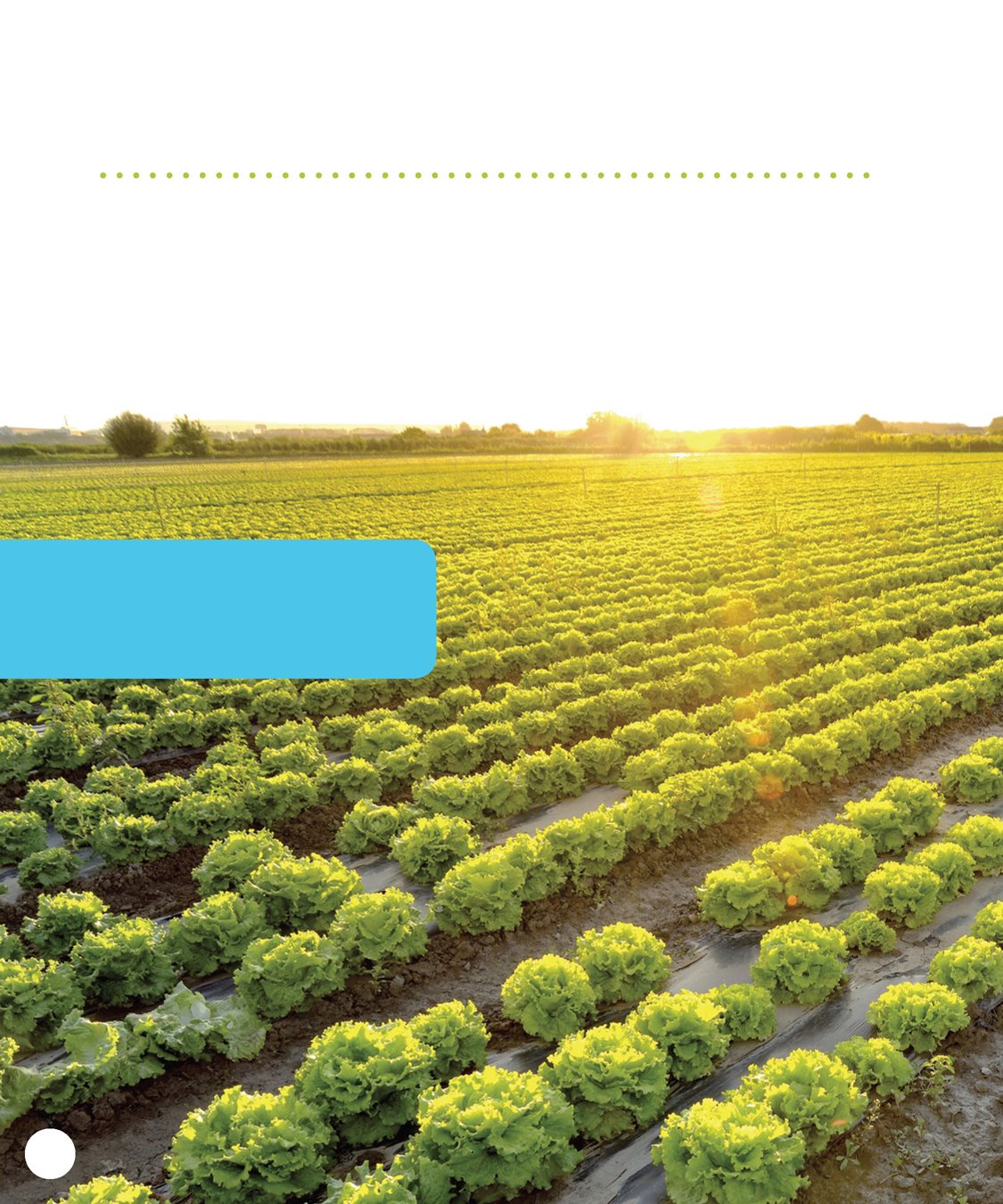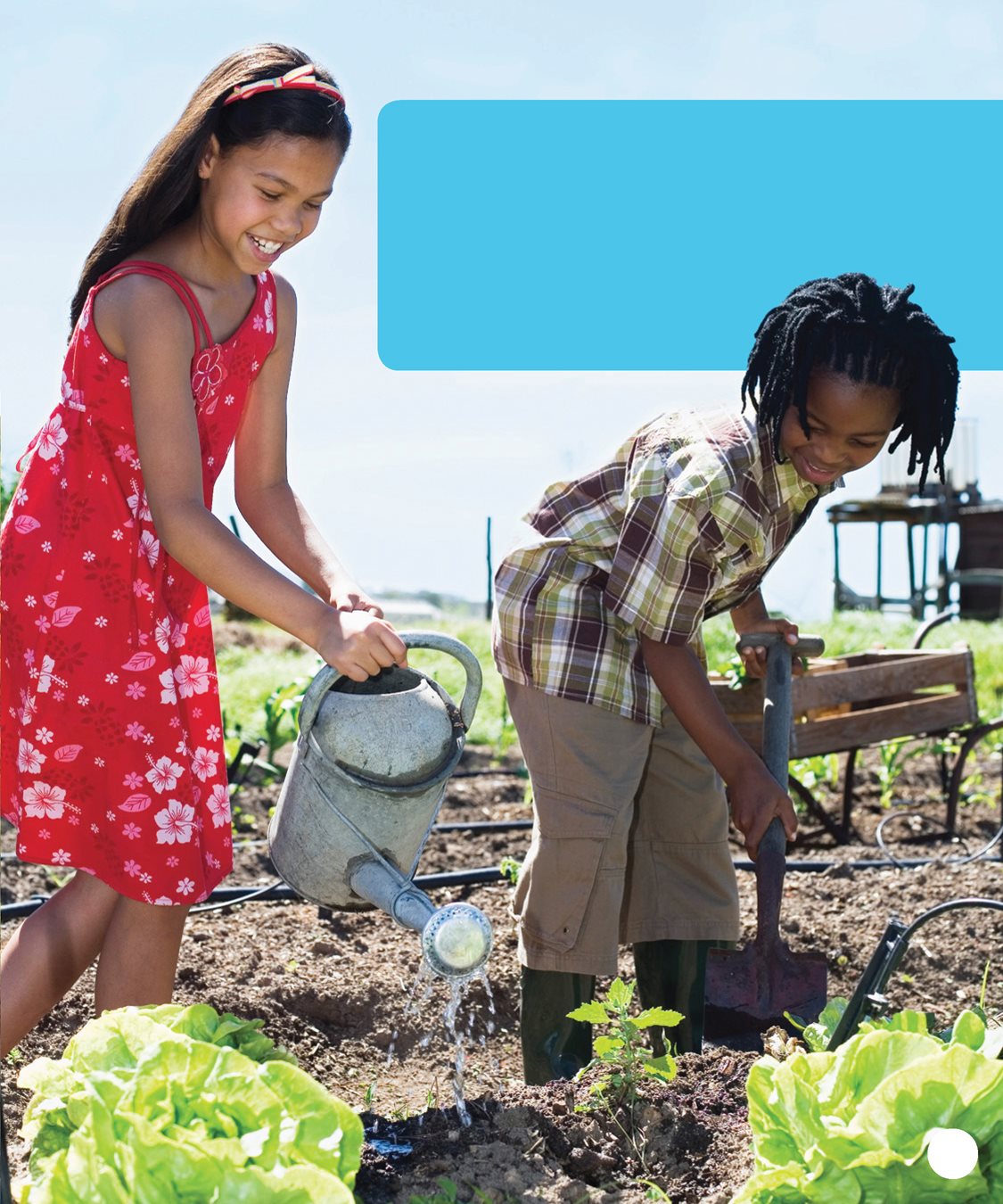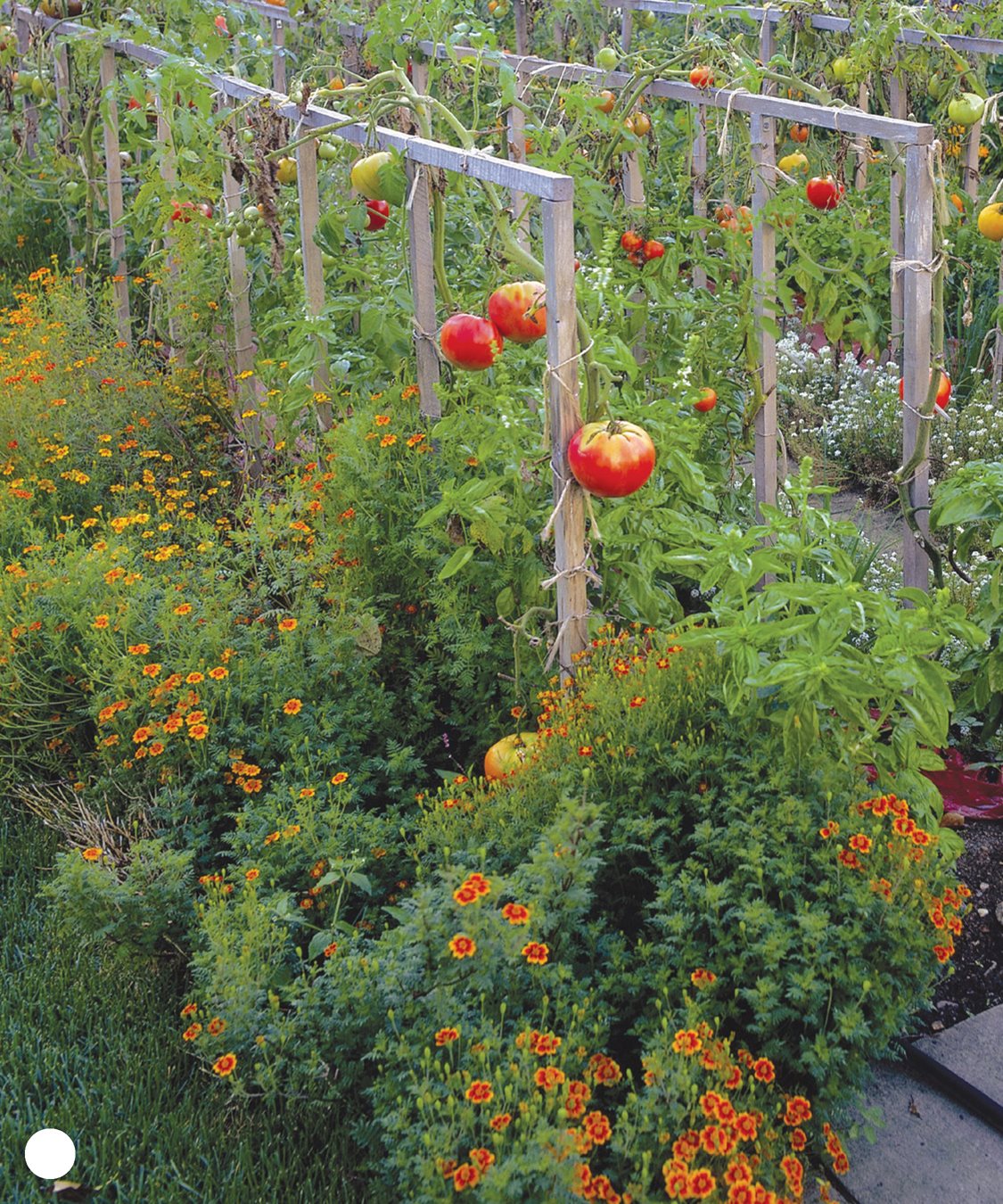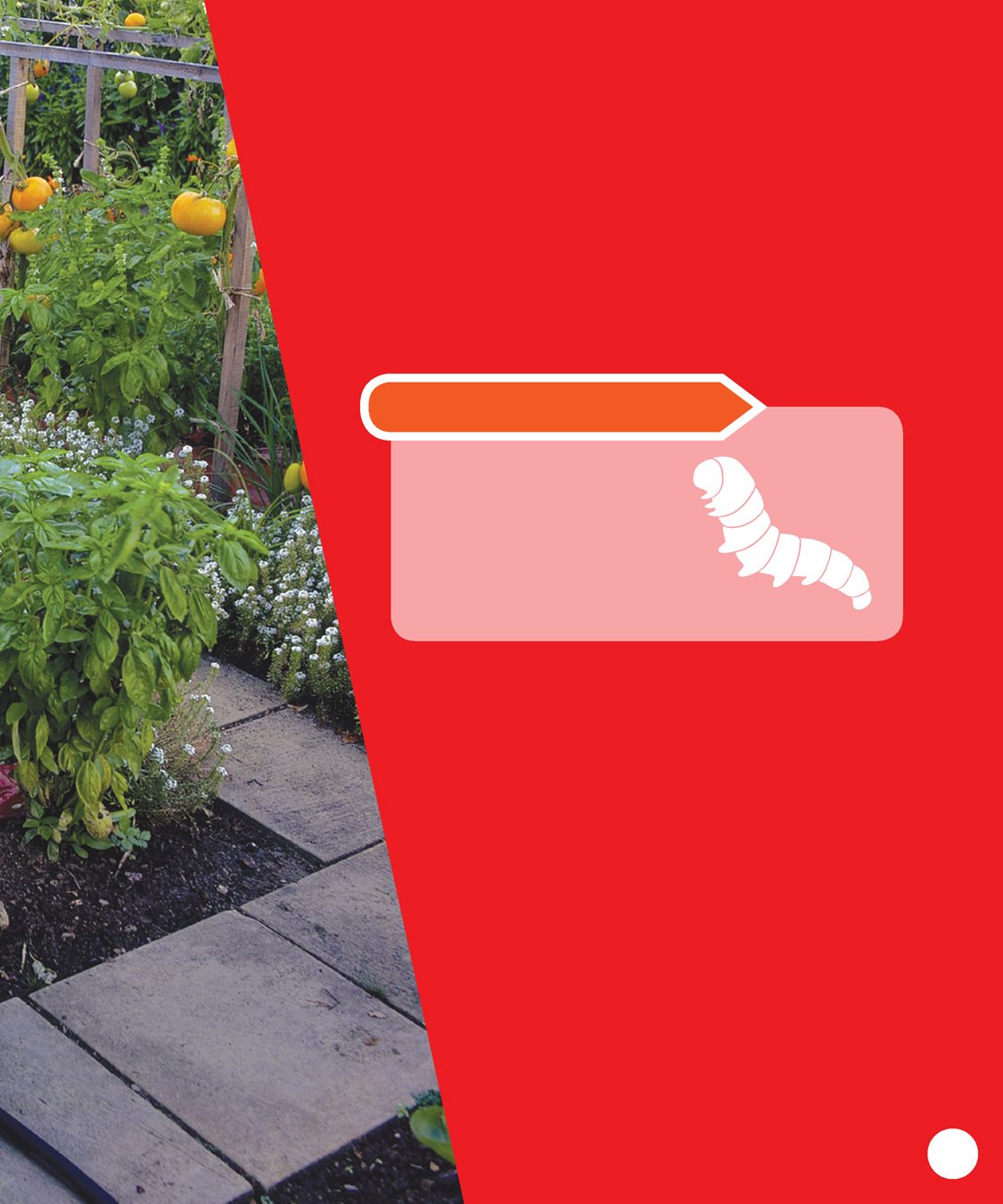Ideas for Parents
and Teachers
Pogo Books let children practice
reading informational text while
introducing them to nonfiction
features such as headings, labels,
sidebars, maps, and diagrams,
as well as a table of contents,
glossary, and index. Carefully leveled text with
a strong photo match offers
early fluent readers the support
they need to succeed.
Before Reading
Walk through the book and
point out the various nonfiction
features. Ask the student what
purpose each feature serves. Look at the glossary together.
Read and discuss the words.
Read the Book
Have the child read the book
independently.
Invite him or her to list questions
that arise from reading.
After Reading
Discuss the childs questions.
Talk about how he or she might
find answers to those questions. Prompt the child to think more.
Ask: What is your favorite
vegetable? Does it grow
underground or aboveground?
Have you ever grown it yourself? Pogo Books are published by Jump!
5357 Penn Avenue South
Minneapolis, MN 55419
www.jumplibrary.com Copyright 2016 Jump!
International copyright reserved in all countries.
No part of this book may be reproduced in any form
without written permission from the publisher. Library of Congress Cataloging-in-Publication Data Pettiford, Rebecca, author. Vegetables / by Rebecca Pettiford. (Way to grow! Gardening) Includes index. (Way to grow! Gardening) Includes index.
ISBN 978-1-62031-233-9 (hardcover: alk. paper) ISBN 978-1-62496-320-9 (ebook) 1. Vegetable gardeningJuvenile literature. 2. VegetablesJuvenile literature. Title. II. II.
Series: Pettiford, Rebecca. Way to grow! Gardening. SB324.P48 2015 635dc23 2015000296 Series Editor: Jenny Fretland VanVoorst Series Designer: Anna Peterson Photo Researcher: Anna Peterson Photo Credits: All photos by Thinkstock except: Getty,
,
. Printed in the United States of America at
Corporate Graphics in North Mankato, Minnesota.
TABLE OF CONTENTS
CHAPTER
PLANTING
A VEGETABLE
GARDEN
Vegetables may not be
your favorite things to eat.
But that just means youve
never had them fresh from
your own garden. 4 CHAPTER 1
Growing your own vegetables
is fun and delicious.
Its good
for you and the earth, too. Many vegetables are easy
to grow. Lets learn how! CHAPTER 1
seedling 6 CHAPTER 1
Most vegetables are annuals.
You plant them every year.
If you plant seeds, you can
start them inside. You can
plant seedlings in the
ground after the last frost
in March or April. CHAPTER 1
There are many different
vegetables.
DID YOU KNOW?
Many foods we think of as
vegetables are actually fruits.
Fruits contain the plants
seeds.
DID YOU KNOW?
Many foods we think of as
vegetables are actually fruits.
Fruits contain the plants
seeds.
Squash, tomatoes,
and peppers are fruits.
But because they are not
sweet, they are usually
ocunted as vegetables. 8 CHAPTER 1
CHAPTER 1
10 CHAPTER 1
You dont need a lot of space
for vegetables. You can plant
them in pots or in a small patch. Or start a community garden
if your town doesnt have
one. Its a good way for your
friends and neighbors to get
healthy food. CHAPTER 1
To make sure your garden is
a success, you need good soil.
Vegetables like well -drained
soil that is rich in organic
matter.
Add compost
and manure to your soil.
The soil needs to be loose
before you plant. Use a shovel
or a garden fork to turn it. 12 CHAPTER 1
organic
matter CHAPTER 2
A good way to make healthy
soil is to use raised beds.
The soil in the beds is higher
than the ground. It never gets
stepped on. It warms up faster
in the spring.
DID YOU KNOW?
Raised beds make it
harder for snails and
other pests to get
to your plants. 14 CHAPTER 1
raised bed CHAPTER 1
CHAPTER
CARING FOR
YOUR GARDEN
Most vegetables
need a lot of sun. 16 CHAPTER 2
Water the plants early
in the morning. 16 CHAPTER 2
Water the plants early
in the morning.
If you water
late in the day, the water
could be quickly lost
to the hot sun. CHAPTER 2
18 CHAPTER 3
Some flowers and herbs have
a strong odor. Many pests dont
like them. If you plant them near

